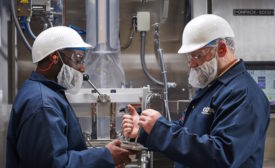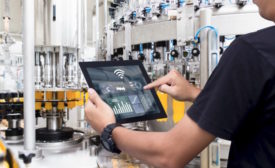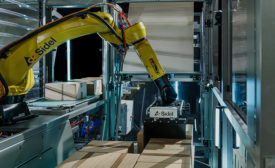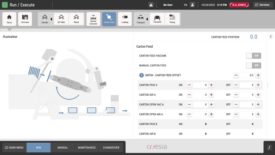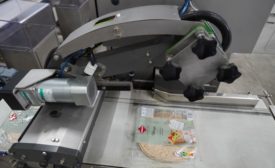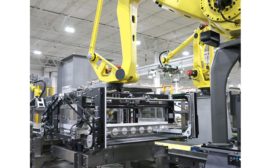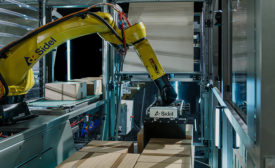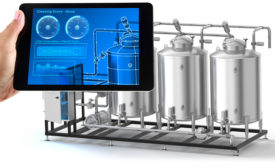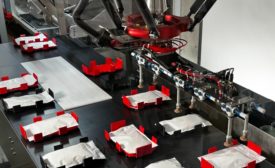Automation/Controls
Patented Success in Palletizing
From a patented orbital stretch wrapping machine to a new cobot palletizer featuring patented grippers, these companies are taking palletizing to the next level.
September 19, 2023
Manufacturing Practices Ripe for Sustainability Improvement
From reducing scrappage and waste to consolidating the manufacturing and filling of PET bottles, one expert shines a light on the myriad ways that better manufacturing practices can contribute to efficiency and sustainability.
September 13, 2023

